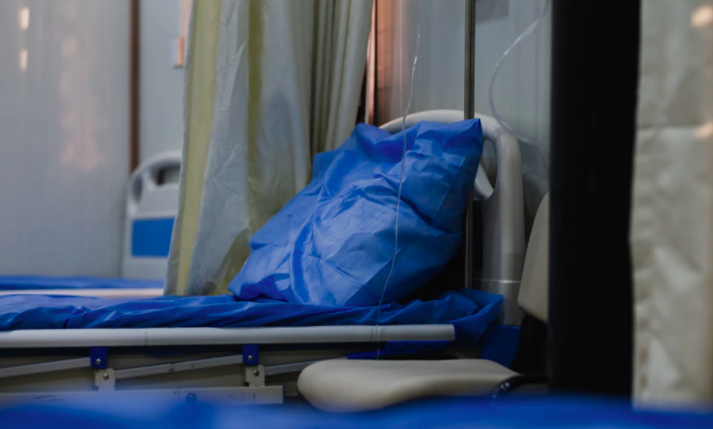The peak of infection in the Western Cape has been shifted. Using newly available data, Premier Alan Winde now predicts that the peak of the virus will be flatter, later and last longer than expected.
“In April, I revealed our very first scenario planning projections to the public. These projections could not be based on real data in the province, as there simply wasn’t enough cases in the Western Cape and South Africa at the time. It therefore looked at international trends, our population size, and factored in reasonable epidemiological assumptions,” said Winde during a digicon held on July 2.
“Once the number of cases climbed in the province, and we had more data available to us, we again looked at our provisioning scenarios and checked whether it was still reasonable to follow these original projections.”
The Western Cape government has worked with the Actuarial Society of South Africa (ASSA) and the National Covid-19 Modelling Consortium to recalibrate the provisioning scenario using the new data available.
The new National Covid-19 Epi-Model (NCEM) now reflects that:
– The peak in the Western Cape seems to be later than was originally projected and is likely to take place from end of July to beginning of August.
– This peak is also flatter than was originally projected. This means that we will not have as many hospitalisations and deaths at the peak as we originally thought.
– As a result, it is projected that 5450 beds will be needed at the “peak” should this scenario hold. This is lower than both the original provisioning scenario from April (6 304), and the previous NCEM calibration from May (7 800).
– However, this flatter trajectory would last for longer. This means potentially more cumulative deaths of approximately 10 000 people during the pandemic.
– The virus is could be with us for longer than we thought, with this first peak only ending towards end of November.
“Given this latest projection and given that we have not seen the expected surge in hospitalisations, we will not proceed with a CTICC 2 Hospital of Hope expansion at this stage. Our existing platform, with the operational field hospitals, and private sector capacity, means we have capacity at this stage to manage the expected burden,” said Winde. “However, we have done extensive planning for such an expansion and it remains “on-the-table” should the data suggest it will be needed.”
The Western Cape Government Cabinet has also approved a plan to purchase additional beds in private facilities for public sector patients. The advantages of the plan are multi-fold:
– The infrastructure and capacity (they are fully equipped and staffed) exists in place and can be accessed anytime when available.
– We have done the preparatory work and have signed off with the major private hospital groups and is in the process to sign independent practitioners.
– Several engagements, processes and mechanisms have been put in place to manage the interface between the public sector and private sector including referral, governance, billing and information management through an intermediary, ethics committee, evidence-led clinical guidelines.
– This also adds capacity in rural areas, that do not have access to existing field hospitals in the Cape Metro.
Coronavirus update for July 2:
The Western Cape has 16 722 active cases of COVID-19, with a total of 65 155 confirmed cases and 46 515 recoveries as of 1pm on July 2, 2020. The province has recorded an additional 59 deaths, bringing the total number of COVID-19 related deaths to 1918. 312 721 tests have been conducted, and 1746 people have been hospitalised with 313 in ICU or high care.
In a statement, Premier Alan Winde explained that sub-district data is unavailable for July 2 due to technical difficulties.
“We have experienced some technical difficulties with our data dashboard which has impacted the sub-district data. We are working on correcting this issue and will not be sharing this data today so that the root causes can be addressed.”
More information can be found here
Image: Unsplash

